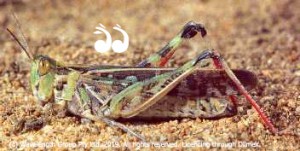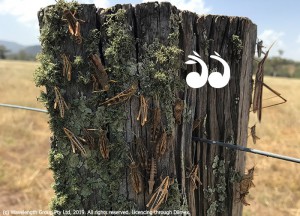Locusts Blow Into the Upper Hunter
AUSTRALIAN plague locusts have been found on six properties in the Upper Hunter and the Local Land Services are encouraging farmers to take a closer look at grasshoppers and locusts on their properties.
Luke Booth, biosecurity team leader for Hunter Local Land Services, said any sightings of the Australian plague locust should be reported immediately.
“These locusts are uncommon in our region, and there has not been a known outbreak in more than a decade, and with farmers trying to sustain pastures for livestock during the drought, we want to keep it that way,” Luke said.
“We are encouraging any landholders who suspect they may have the locusts on their property to join with us in identifying this pest to enable proactive control programs,” he said.
“We are working with the Department of Primary Industries and affected landholders to develop effective control programs for the identified populations around the Upper Hunter.”
The locusts which have been identified are in poor condition due to the ongoing hot dry conditions and lack of available feed, which is hoped will lead to a high mortality rate.
However, landholders are being urged to watch for any swarms, to ensure control measures can be implemented quickly before second generation hatchings can begin.
Adults of the Australian plague locust can be readily distinguished from other species by the large dark spot on the tip of the hind wings and distinctive scarlet hind leg shanks.
Adult body colour is variable and can be grey, brown or green. Adult males measure 25-30 mm long while females are 30-42 mm long.
Learn more about different locust and grasshoppers: About locusts.
If you suspect Australian Plague Locusts or have any other pest sightings or impacts to report, please contact your nearest Local Land Services Biosecurity Officer on 1300 795 299.
 scone.com.au
scone.com.au
